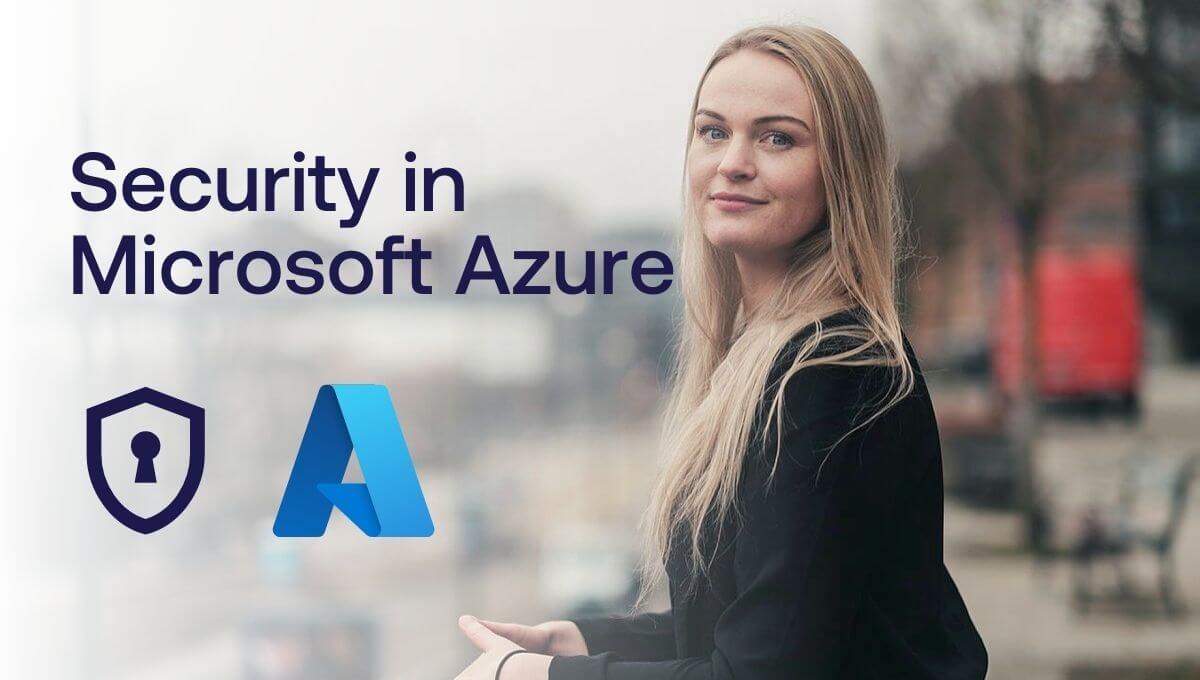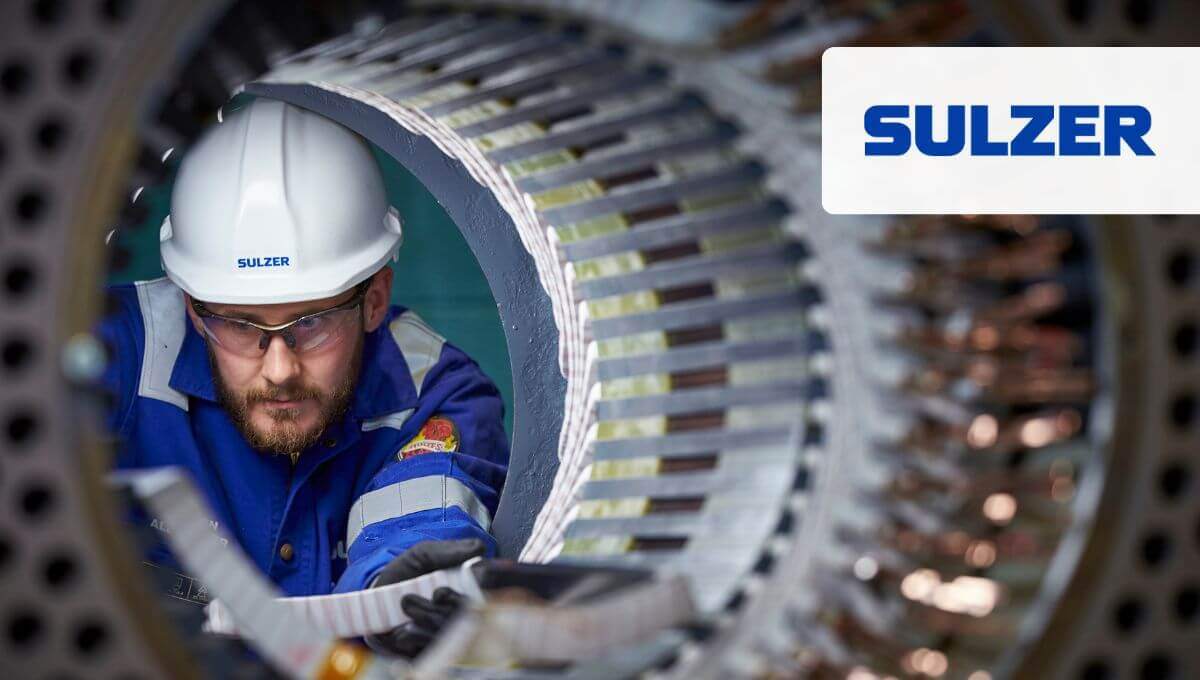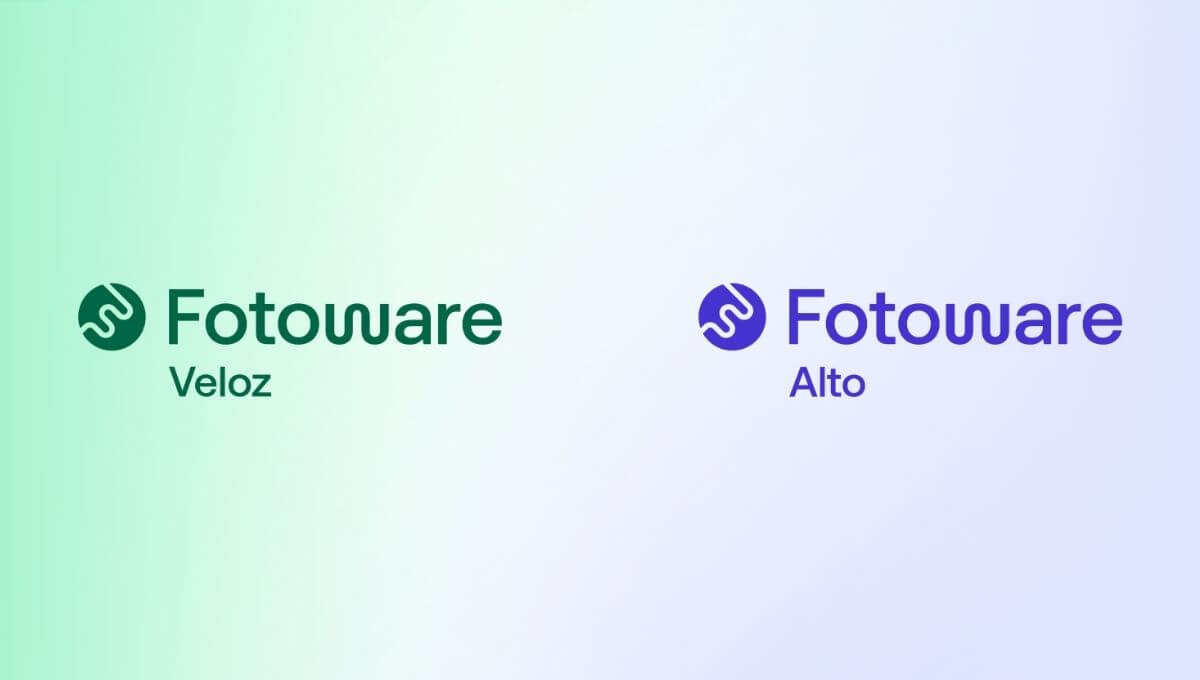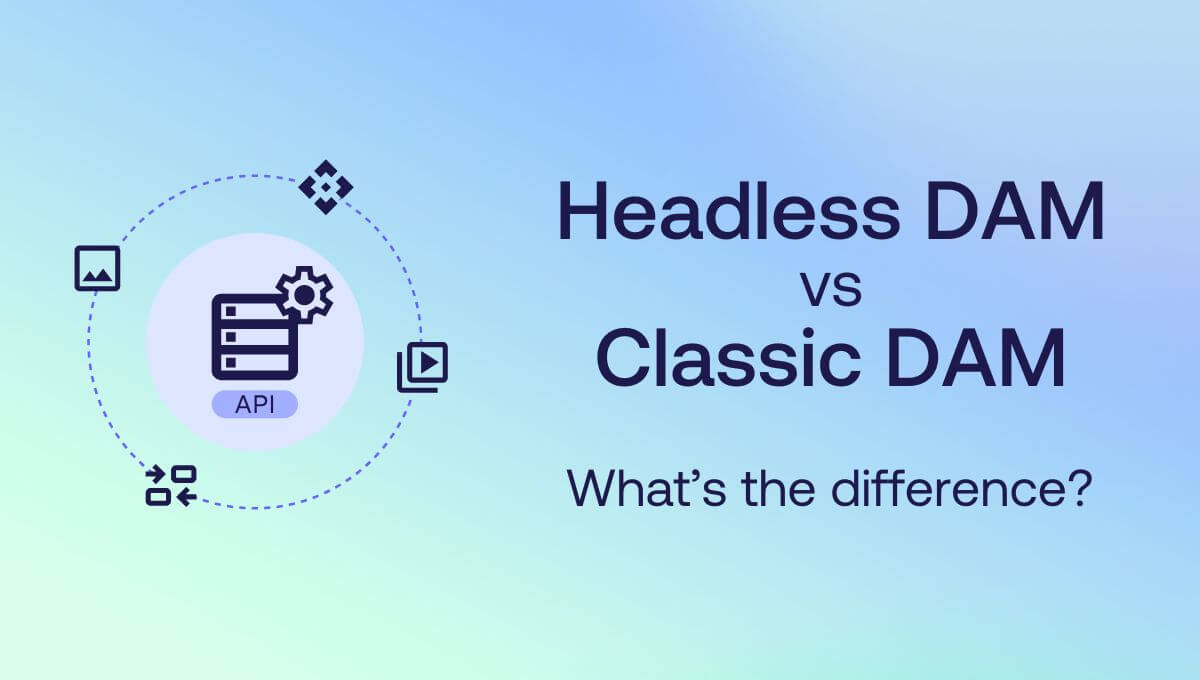
Headless DAM vs. Classic DAM - what's the difference?
If you’re considering a Digital Asset Management (DAM) solution, you may have noticed that these systems vary greatly in terms of capabilities and product description. Terms like classic DAM and headless DAM are often used to differentiate one type of platform from another, but what does it really mean?
In this article, we take a closer look at these different types of DAM systems, their benefits, and how to choose the right type for your organization.

What is headless DAM?
First of all, what is DAM? Digital Asset Management - or DAM for short - is a manner of which organizations can store, process, and administer digital assets, such as images, videos, documents, other files and their associated data.
Typically, a DAM system’s primary focus is on the management of media files, but many of these software support a wide range of file formats. Different DAM systems may vary in terms of functionalities, but they all enable people and organizations to ensure full control of media files by keeping them organized and easily retrievable from one central hub. When talking about DAM, we often mean classic DAM.
Learn more: 5 common challenges easily solved with Digital Asset Management
However, a headless DAM differs from a traditional DAM system because it separates the stored data, content items, and the management and retrieval of these, from the front-end hub. In other words, it serves as the core of the content ecosystem, making content seamlessly available to stakeholders through third-party solutions, such as brand platforms or Content Management Systems (CMS).
Typically, a headless DAM will have an interface of its own, where system administrators can work on the files and the data. However, the headless DAM is structured to optimize for connectivity to third parties, so that these can be chosen based on the customer’s needs. This way, intellectual properties are always managed at one place - the DAM - but can be viewed and retrieved from other platforms, which can easily be replaced without having to migrate the entire content library.
Learn more: DAM and CMS - How do they differ?
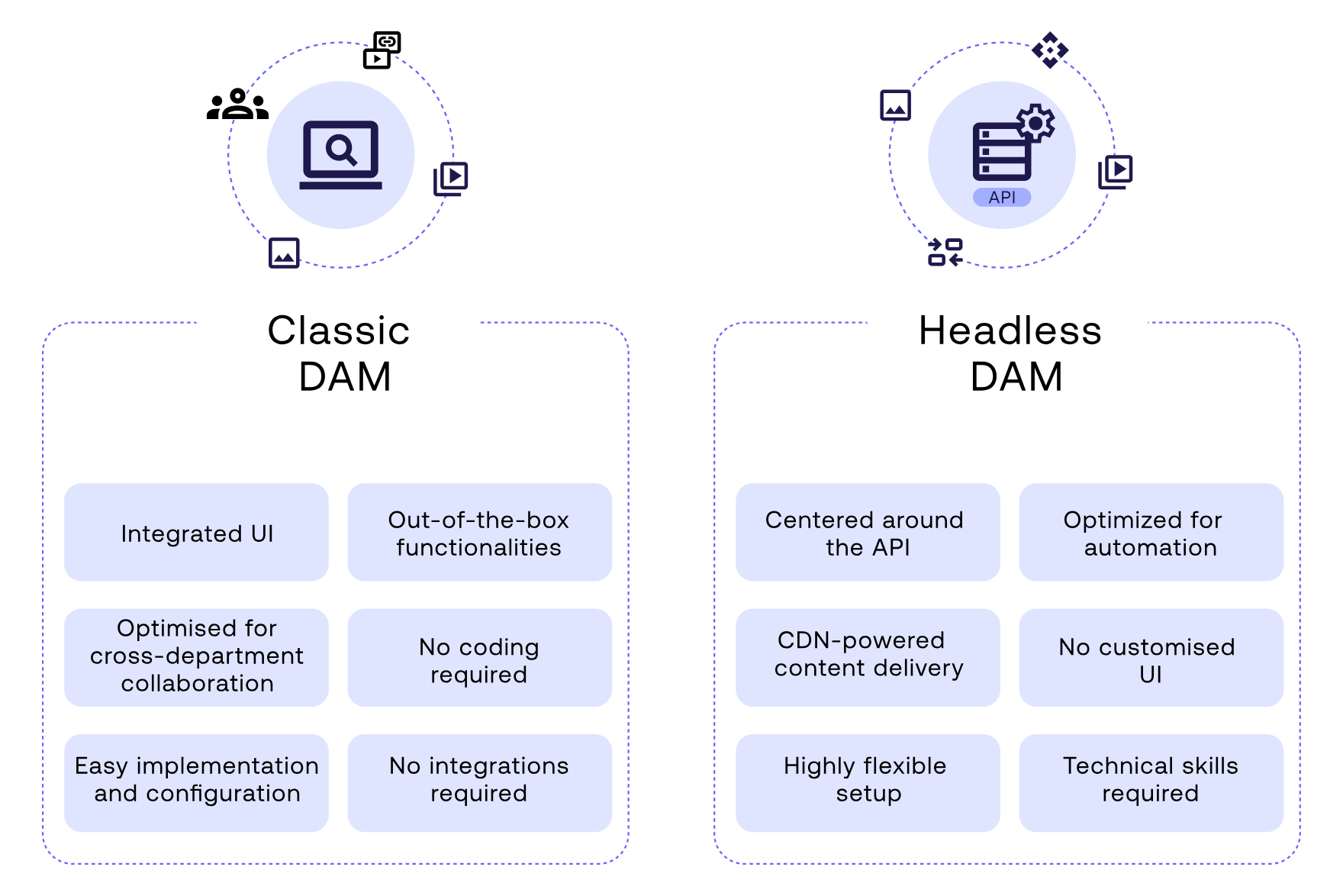
Differences between headless DAM and classic DAM
The main difference between a headless DAM and a classic DAM, is that while a traditional DAM aims to serve as the main content portal for most - if not all - stakeholders, a headless DAM works in the background to store and structure content, making selected files available to larger groups through the API.
Oftentimes, a headless DAM may facilitate more complex content structures and allow for a more flexible software ecosystem, since it’s built around an API-first strategy.
A classic DAM, on the other hand, is likely to be easier to use and configure, with a more intuitive user interface, and while it too can be integrated with third-parties, this is not a necessity to receive value from the solution.
Learn more: DAM integrations - build your content ecosystem
Bear in mind that a traditional DAM doesn’t necessarily equal a simple DAM. While some classic DAMs are simple in nature, others may facilitate advanced content workflows - both built-in and configurable - custom integrations, role-based access control, analytics functionalities and complex metadata management. The main element that classifies a DAM as traditional has, therefore, nothing to do with its capabilities.
Rather, it’s considered traditional because the hub in which the content is stored is built to facilitate and promote content self-service amongst users: while it’s typical to integrate a traditional DAM to certain third parties, they’re created to function perfectly wall as a content hubs on their own.
Learn more: Digital Asset Management vs. cloud storage - what’s the difference?
/digital-asset-management-software-buyers-guide.jpg)
Why choose a headless DAM solution?
If your main focus is on streamlining content delivery, and you’ve already invested in brand portals, websites, and/or e-commerce tools, there may be some benefits of choosing a headless DAM for your organization.
This setup works best for larger teams with vast amount of digital content to publish and distribute. It’s also recommended that organizations choosing a headless DAM solution set aside some resources to IT.
Benefits of a headless DAM solution include:
-
Flexibility and scalability - customize the user-experience by selecting third-party software freely and connecting them to the DAM through the API, enabling a seamless flow of content and data.
-
Reduce software dependencies - since a headless DAM is API-optimized, it’s easy to replace connected software and apps without touching intellectual property, effectively future-proofing the solution.
-
Sustainable storage - store every content item only once and link them to online portals and websites, avoiding duplicates.
/ai-autotagging-dam-fotoware-1.jpeg)
Why choose a classic DAM solution?
For those looking for a DAM to function as a shared content portal across the organization, want fast implementation with little IT resources involved, or would like to encourage a large degree of self-service amongst users, the traditional DAM is likely a better fit.
This type of system works perfectly for teams and organizations of all sizes, and is particularly helpful in enabling a large range of people to access content on demand. Classic DAMs often come with several built-in functionalities and allow for various degrees of customization.
Benefits of a classic DAM solution include:
-
User-friendly interface - enable efficient and successful user-adaption with a built-in front-end, offering intuitive ways to search for, filter and share content.
-
Out-of-the-box functionalities - get access to a vast amounts of key features directly from the system, such as workflow automation tools, image consent management, auto-tagging and more, making it easy for editors to manage content, even without IT expertise.
-
Fast deployment - get the system configured and implemented with little to no coding required.

How to get started with Digital Asset Management
If you’re looking into a DAM solution for your team or organization, a great first step is to map out which challenges you would like to solve and a plan for how you would like the DAM to function in the future. This will prevent you from choosing the wrong type of system, as not every solution will scale to your needs, nor does every solution come with the functionalities needed.
Learn more: 7 steps for buying Digital Asset Management software
At Fotoware, we offer both traditional and headless DAM solutions. If you’re interested in learning more about what our solutions can offer your organization, feel free to book a non-committal call with one of our experts.

Let’s talk!
Find out which solution fits best for you in a non-committal call with one of our experts.
